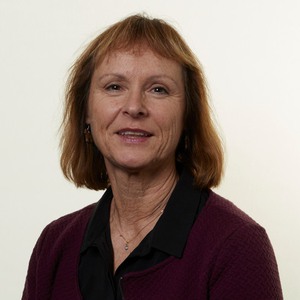Pain rehabilitation
National Quality Registry for Pain Rehabilitation (NRS)
Registry category: Diseases of the nervous system
Certification level: 2
Central personal data controller (CPUA): Region Skåne
Chronic musculoskeletal pain causes suffering and activity limitations for many patients and high costs for society. There is a great need to be able to offer effective and evidence-based rehabilitation for these complex conditions. There is now evidence that cognitive behavioural interdisciplinary rehabilitation has a positive effect on both function and activity capacity. More knowledge is needed on participation in social and working life.
The Swedish Association of Rehabilitation Medicine (SFRM) started the Swedish Quality Registry for Pain Rehabilitation (SQRP) in 1998 for the collection of data on patients assessed to be in need of pain rehabilitation. The aim is to compare the patient groups at different rehabilitation clinics and the effect of rehabilitation programs according to patient-reported outcome measures concerning function, activity, quality of life and participation in working life and leisure.
The registry categorises the patients based on assessment of the referral and objectives of rehabilitation, as follows:
- only pain screening investigation
- Participation in pain rehabilitation.
The registry evaluates and develops the quality of specialized pain rehabilitation clinics who treat patients with complex functional limitations requiring coordinated multimodal rehabilitation. 41 rehabilitation clinics were affiliated with the registry in 2015, covering almost all specialized pain rehabilitation clinics in Sweden. Over 4800 patients were analysed 2015, the number increasing every year.
Standardised patient surveys cover demographic data, level of education, work status and future outlook, pain intensity, psychological factors, measurements of activity/participation and health-related quality of life (MPI, HAD SF-36, EQ-5D). Data can be grouped in terms of function and activity/participation under the ICF (International Classification of Functioning, Disability and Health) model. Data on sickness leave is obtained from the Swedish Social Insurance Agency’s central database before rehabilitation and then after one year, after two years, and then every 4-5 years after rehabilitation.
The registry went online in the spring of 2009. The clinics report continuously and the outcomes for each patient are presented immediately in a self-assessment profile. Follow-up data is reported at the end of rehabilitation and one year later.
Since autumn 2009, the clinics report their results directly online and can perform national comparisons. Representatives from the clinics meet regularly to interpret and compare the results, exchange experience and discuss further quality developments in pain rehabilitation. Annual reports are sent to participating clinics in the form of interim reports from 2011, and are available on the registry’s website. The interim reports are both descriptive (at discharge and one-year follow-up) and analytic with specific focus areas.
The self-assessment profile has been positively received by the clinics as a basis for discussions and in-depth planning for team assessments. This has likely contributed to the identification of data loss at initial measurements. The structure and quality of investigation methods for assessments have been improved. The units use their own and national results for evaluation and development, which improves the quality of rehabilitation for patients with complex musculoskeletal pain.
Contact information
Find contact information on the registry’s website.
Informationsansvarig
-
 Ulrika Forsberg
Ulrika Forsberg
Kommunikatör